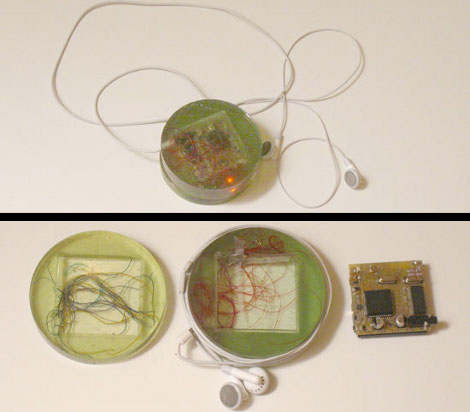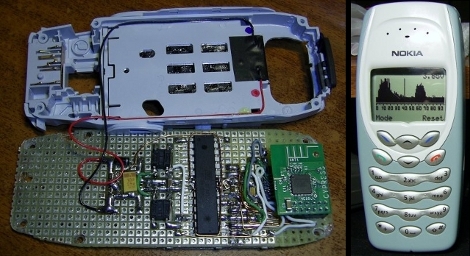
This clear rubber puck serves as the enclosure for a diy mp3 player. The wires encapsulated in the rubber are just there for looks but the utility of using this material as a case is fascinating. Alas, there’s no details on the material other than that it’s clear rubber. Update: [Reboots] picked up on some info that we originally missed. Looks like this is made from some Smooth-On PCM 780 urethane rubber.
We’ve looked into casting our own molds from silicone rubber in the past. That may be the process used here but we can’t tell what allows the two halves to be pried apart. We’ve embedded video after the break that details casting rubber around a part in one solid block, then cutting the rubber off of that to create a mold. We’re also familiar with the mold making kits from Tap plastics but as far as we know, they’re always colored and never clear.
We keep our eyes peeled for new prototyping products and we want to know more about the materials and the process used to make this cylindrical elastomer. If you’ve got the goods on how this is done, please share them in the comments.













